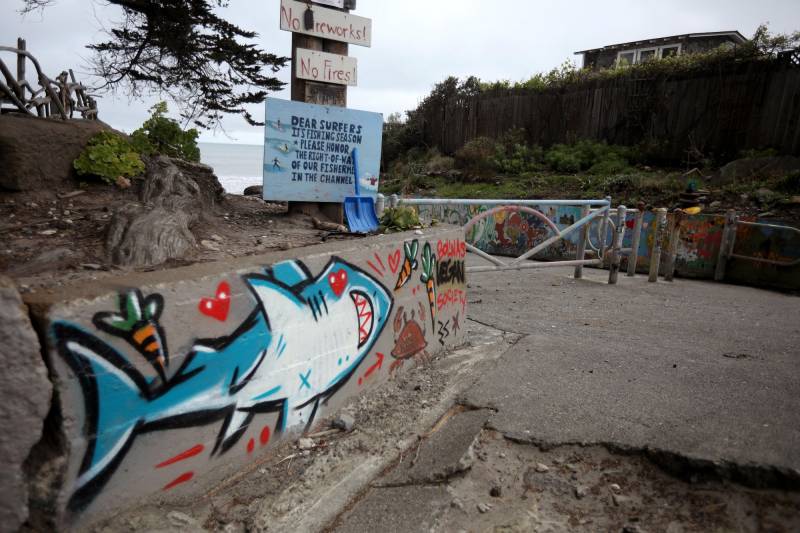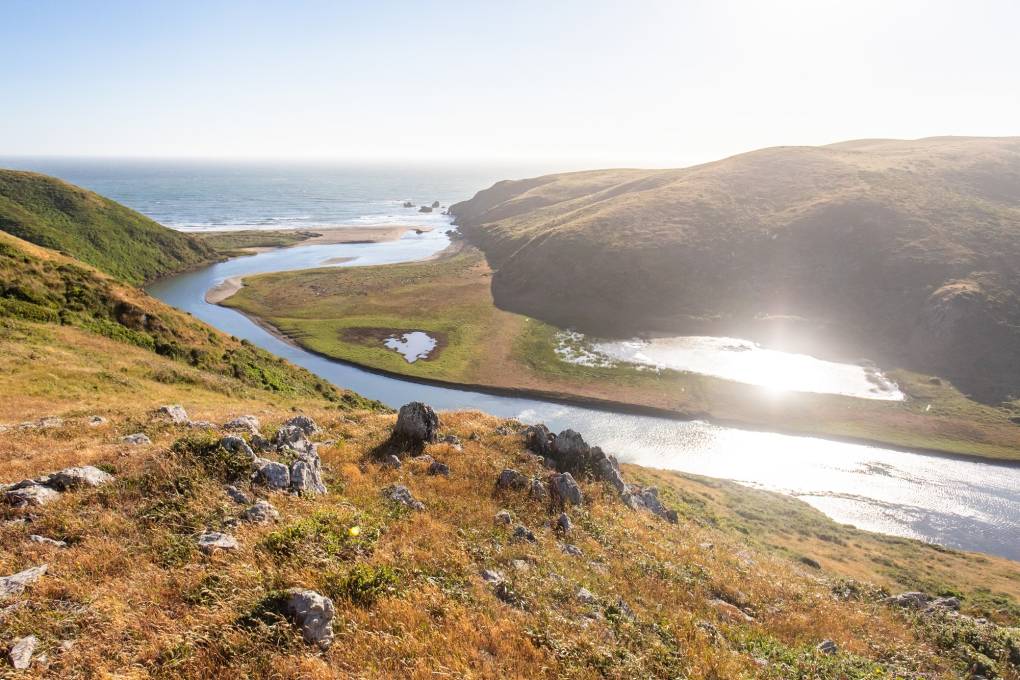“We’re really entering the assessment phase to identify what is the true scale and scope of the situation,” Santora said. “We know that the beach is a real critical element of our community here, but just as critical an element as the beach and access to the beach and the enjoyment you find from it, your health is our top priority.”
Health and safety code requires closing a beach on which visible sewage is found, Santora said during the meeting.
In the meantime, some businesses in Bolinas are bearing the brunt of the shutdown.
Nick Krieger, who runs Bolinas Surf Lessons, said he plans to close his business about six weeks early. Usually, he’ll give lessons through October and sometimes into the first few weeks of November, depending on the weather.
After the first weekend of the beach closure, though, he said business has just “fallen off.”
“It’s almost nonexistent,” Krieger said. “Usually, I have an online schedule, and I usually fill it with lessons people can book. And I just haven’t filled it up for people to even book because it’s not likely that they’re going to.”
During the first weekend of the partial closure, Krieger was able to give lessons on the eastern portion of Bolinas Beach, between Brighton Avenue and Wharf Road, where no waste was found and which remains open. That is actually the “main break” for surfers, he said, in the channel between Bolinas and Stinson Beach.
But those reservations were made before the closures were announced. Since then, Krieger hasn’t been booking new lessons and said there has been “almost nobody” on the beach apart from locals.
The uncertainty around what’s causing the seepage and when the beach could reopen is especially concerning, Krieger said, noting that even a broken sewer pipe would be easier to plan around.
“If it’s like, ‘We don’t know what this is, and we don’t know how long it’s been here, but now that we know we have to close the beach,’ it’s like, OK, this may not ever get resolved,” Krieger told KQED.
“It’s a little scary, honestly, having a business there,” he continued.
The Bolinas Community Public Utility District has confirmed that its water, which is piped in, is safe to drink, and Jones said the Community Development Agency is working on a plan to help locals test private wells on their property.
It appears the health risk is confined to the beach. There haven’t been any reports of illness related to the effluent, and water testing conducted along the beachfront found that bacteria levels did not exceed standards for water-contact recreation.
“If [people are] out in the ocean, it doesn’t appear that there’s a health risk there,” Jones said.


